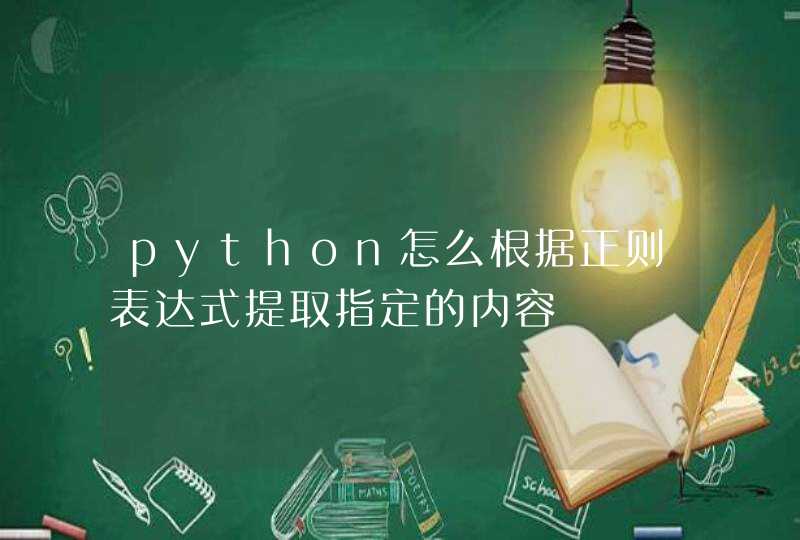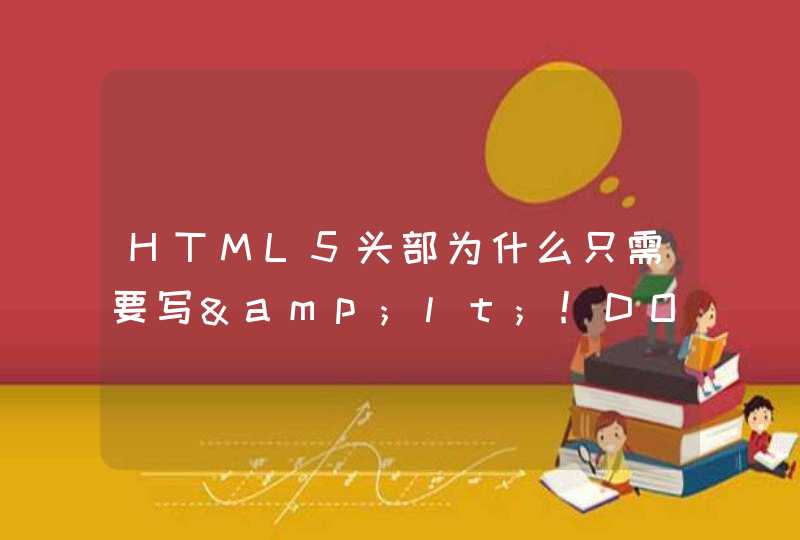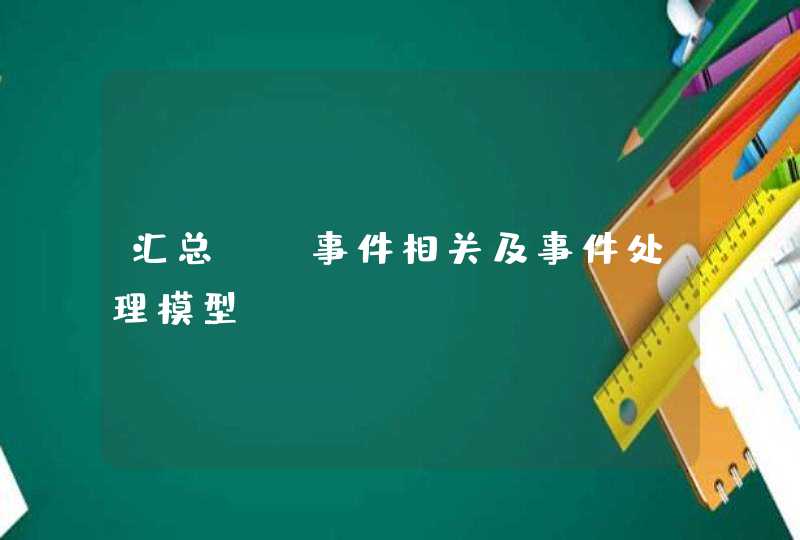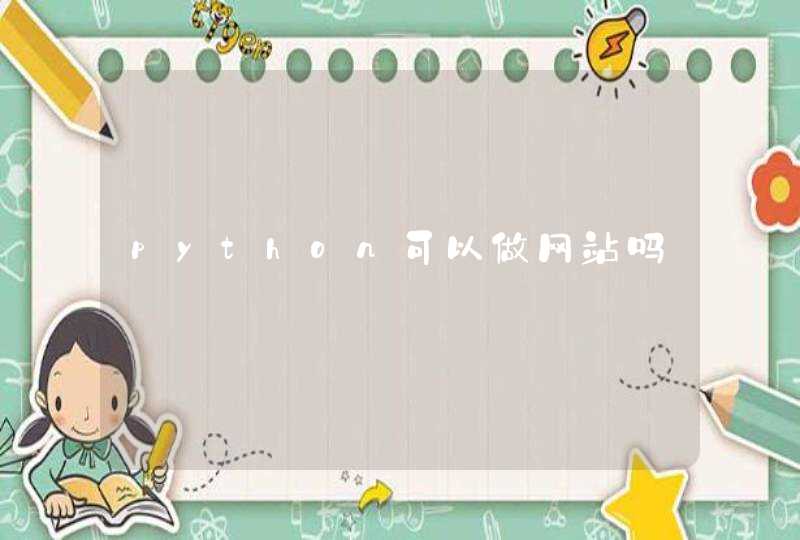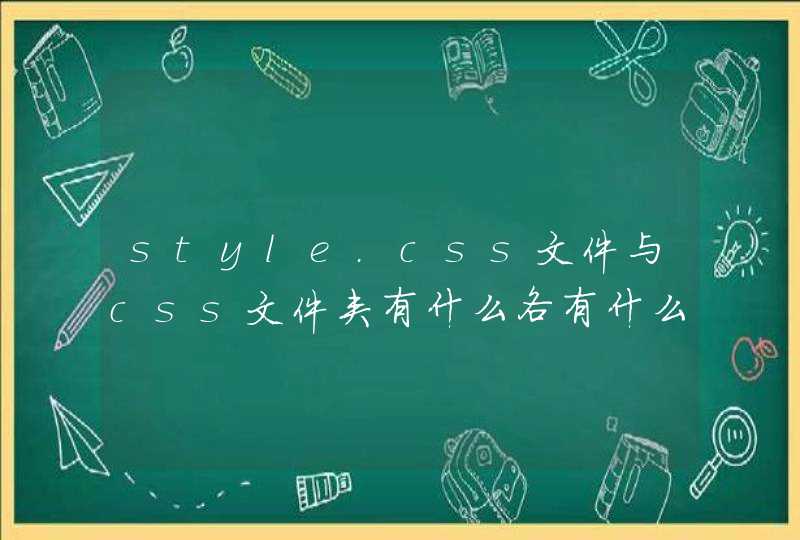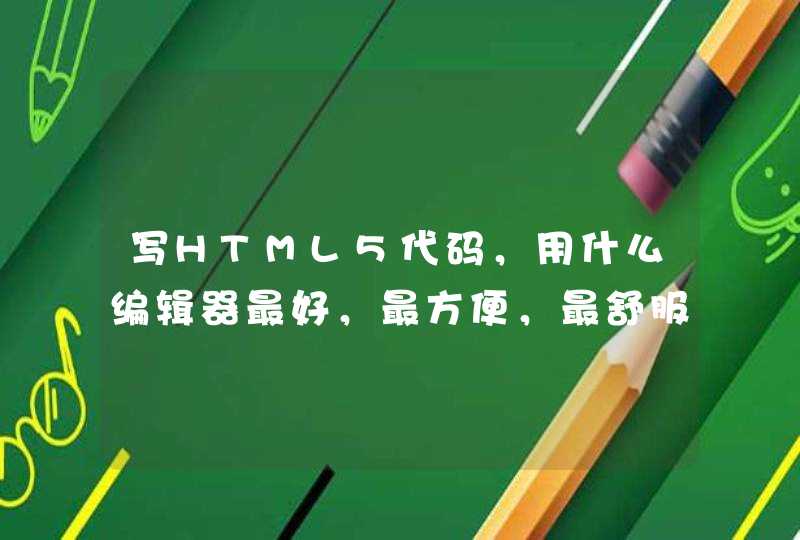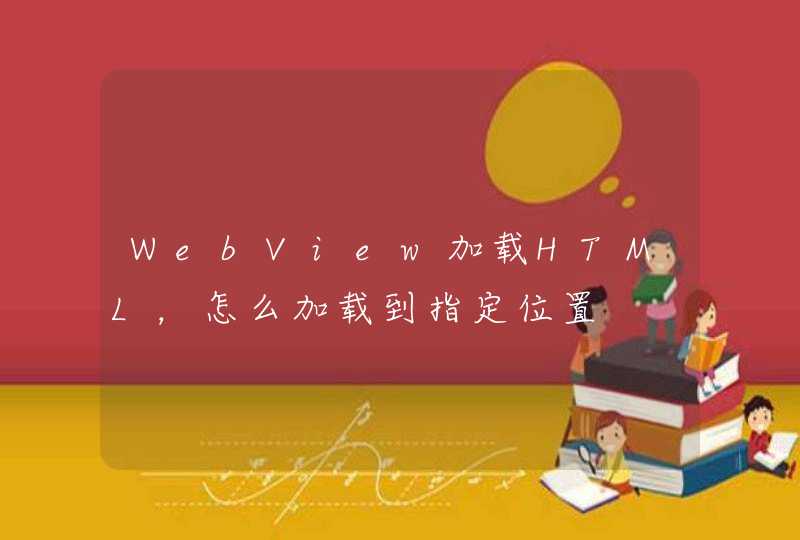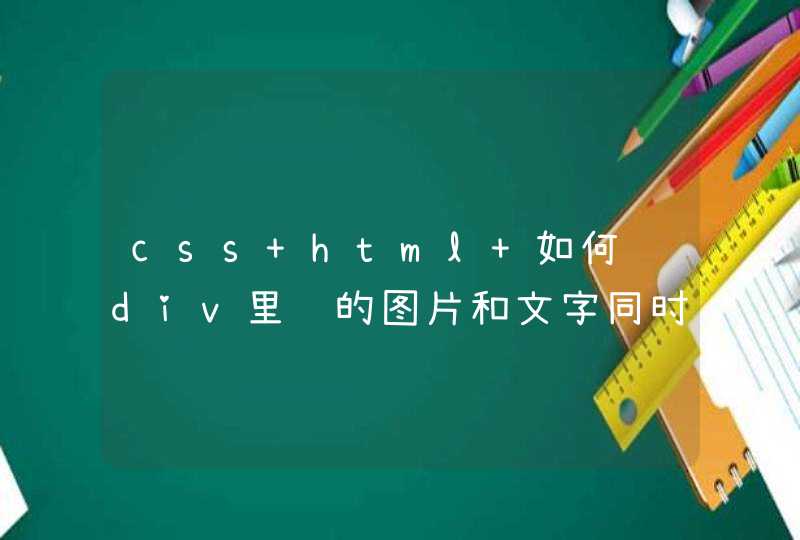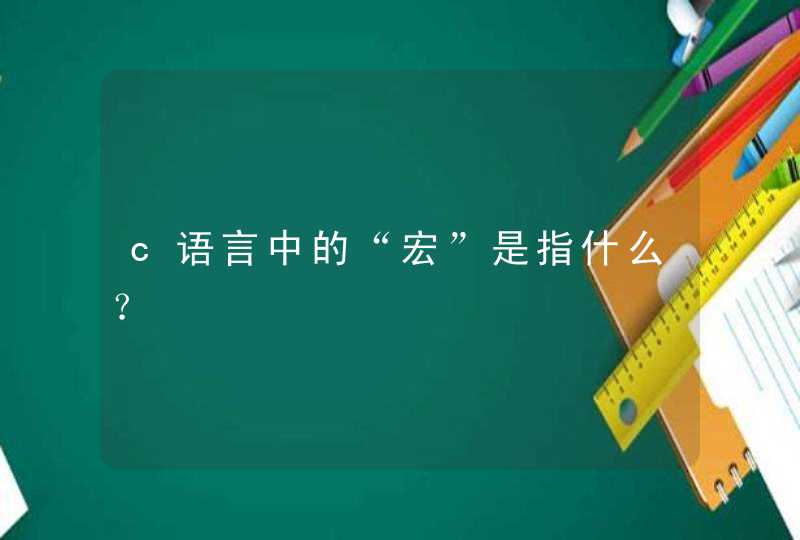
1、无开发经验,初学python
如果你不会其他语言,python是你的第一门语言:
A Byte of Python (简明python教程,这个有中文版简明 Python 教程)是非常好的入门教程。
Learn Python the Hard Way (Zed Shaw的免费教程,个人强烈推荐)
Python, Django and Flask教程: Real Python (收费,需购买)
short 5 minute video 解释了为什么你的出发点应该是要完成什么项目,或者解决什么问题,而不是为了学一门语言而去学一门语言。
Dive into Python 3 是一本开源的python教程,提供HTML和PDF版。
Code Academy 有一个为纯新手准备的 Python track 。
Introduction to Programming with Python 介绍了基本语法和控制结构等,提供了大量代码示例。
O'Reilly 的书 Think Python: How to Think Like a Computer Scientist 是非常好的入门教材。
Python Practice Book 是一本python练习的书,帮你掌握python基本语法。
想通过做实际项目来学编程?看看这个 this list of 5 programming project for Python beginners(5个适合python初学者的编程项目)。
Reddit的创造者之一写了一个教程,如何用python构建一个博客网站(use Python to build a blog.),使非常好的web编程入门。
The fullstack python的作者写了一篇关于如何学习python的文章learning Python 。
2、有开发经验 ,初学Python
Learn Python in y minutes ,让你在几分钟内快速上手,有个大概了解。
Python for you and me , python的语法,语言的主要结构等,还包含来Flask Web App的教程。
The Hitchhiker’s Guide to Python
How to Develop Quality Python Code ,如何开发高质量的python代码
3、进阶
The Python Ecosystem: An Introduction , 关于python生态系统,虚拟机、python包管理器pip、虚拟环境virtualenv、还有很多进阶主题
The Python Subreddit ,就是python的reddit节点(相当于中国的贴吧),是一个活跃的社区,可以交流讨论,解决问题等。
Good to Great Python Reads ,收集进阶和高级python文章,讲了很多细微差异和python语言本身的细节。
博客 Free Python Tips ,有很多python和python生态系统的文章。
Python Books ,有一些免费的Python, Django, 数据分析等方面的书。
Python IAQ: Infrequently Asked Questions ,关于python 经常问到的问题。
4、视频,屏幕录像,演示文稿等
一些技术交流会议的视频录像: best Python videos
5、python的包
awesome-python ,收集了python各种非常好用非常酷的包,确实非常awesome,让作者相见恨晚( I wish I had this page when I was just getting started)。
easy-python
6、 播客(Podcasts)
Talk Python to Me , 关注使用python的人们和组织,每一期都会邀请一些开发者谈谈他们的工作等。
Podcast.__init__ ,关于python和让python更牛B的人们。
7、新闻资讯(可订阅)
Python Weekly , 最新的python文章、视频、项目、资讯 。
PyCoder's Weekly ,和python weekly类似。
Import Python
以下是引用的原文:
New to programming
If you're learning your first programming language these books were written with you in mind. Developers learning Python as a second or later language should skip down to the next section for "experienced developers".
To get an introduction to Python, Django and Flask at the same time, consider purchasing the Real Python course by Fletcher, Michael and Jeremy.
This short 5 minute video explains why it's better to think of projects you'd like to build and problems you want to solve with programming. Start working on those projects and problems rather than jumping into a specific language that's recommended to you by a friend.
CS for All is an open book by professors at Harvey Mudd College which teaches the fundamentals of computer science using Python. It's an accessible read and perfect for programming beginners.
If you've never programmed before check out the Getting Started page on Learn To Code with Me by Laurence Bradford. She's done an incredible job of breaking down the steps beginners should take when they're uncertain about where to begin.
Learn Python the Hard Way is a free book by Zed Shaw.
Dive into Python 3 is an open source book provided under the Creative Commons license and available in HTML or PDF form.
While not Python-specific, Mozilla put together a Learning the Web tutorial for beginners and intermediate web users who want to build websites. It's worth a look from a general web development perspective.
A Byte of Python is a beginner's tutorial for the Python language.
Code Academy has a Python track for people completely new to programming.
Introduction to Programming with Python goes over the basic syntax and control structures in Python. The free book has numerous code examples to go along with each topic.
Google put together a great compilation of materials and subjects you should read and learn from if you want to be a professional programmer. Those resources are useful not only for Python beginners but any developer who wants to have a strong professional career in software.
The O'Reilly book Think Python: How to Think Like a Computer Scientist is available in HTML form for free on the web.
Python Practice Book is a book of Python exercises to help you learn the basic language syntax.
Looking for ideas about what projects to use to learn to code? Check out this list of 5 programming project for Python beginners.
There's a Udacity course by one of the creators of Reddit that shows how to use Python to build a blog. It's a great introduction to web development concepts through coding.
I wrote a quick blog post on learning Python that non-technical folks trying to learn to program may find useful.
Experienced developers new to Python
Learn Python in y minutes provides a whirlwind tour of the Python language. The guide is especially useful if you're coming in with previous software development experience and want to quickly grasp how the language is structured.
Python for you and me is an approachable book with sections for Python syntax and the major language constructs. The book also contains a short guide at the end to get programmers to write their first Flask web application.
Kenneth Reitz's The Hitchhiker’s Guide to Python contains a wealth of information both on the Python programming language and the community.
How to Develop Quality Python Code is a good read to begin learning about development environments, application dependencies and project structure.
Beyond the basics
The Python Ecosystem: An Introduction provides context for virtual machines, Python packaging, pip, virutalenv and many other topics after learning the basic Python syntax.
The Python Subreddit rolls up great Python links and has an active community ready to answer questions from beginners and advanced Python developers alike.
Good to Great Python Reads is a collection of intermediate and advanced Python articles around the web focused on nuances and details of the Python language itself.
The blog Free Python Tips provides posts on Python topics as well as news for the Python ecosystem.
Python Books is a collection of freely available books on Python, Django, and data analysis.
Python IAQ: Infrequently Asked Questions is a list of quirky queries on rare Python features and why certain syntax was or was not built into the language.
Videos, screencasts and presentations
Videos from conferences and meetups along with screencasts are listed on the best Python videos page.
Curated Python packages lists
awesome-python is an incredible list of Python frameworks, libraries and software. I wish I had this page when I was just getting started.
easy-python is like awesome-python although instead of just a Git repository this site is in the Read the Docs format.
Podcasts
Talk Python to Me focuses on the people and organizations coding on Python. Each episode features a different guest interviewee to talk about his or her work.
Podcast.__init__ is another podcast on "about Python and the people who make it great".
Newsletters
Python Weekly is a free weekly roundup of the latest Python articles, videos, projects and upcoming events.
PyCoder's Weekly is another great free weekly email newsletter similar to Python Weekly. The best resources are generally covered in both newsletters but they often cover different articles and projects from around the web.
Import Python is a newer newsletter than Python Weekly and PyCoder's Weekly. So far I've found this newsletter often pulls from different sources than the other two. It's well worth subscribing to all three so you don't miss anything.
我这里有两个Flask的项目,非常适合用来入门。可以说,是目前互联网上质量较高的Flask学习资料。这两个项目的每一个commit都被精心准备,用以演示一个功能。并且,每个commit都能够运行。通过运行各个commit查看界面的变化,以及通过代码变更查看功能实现,对大家学习Flask开发,有很大的帮助。
项目一:今日头条
今日头条项目就是将各大网站的新闻头条和天气预报拿过来,做了一个聚合操作。这个项目不涉及前端、不涉及数据库,只涉及爬虫(一点点),也没有用到Flask插件,所以非常简单,很适合用来入门。
github地址:lalor/headlines
项目二:todo list
todo list(lalor/todolist)是代办事项列表,效果图如下:
支持登录、退出、增加todo、删除已完成的todo、修改未完成的todo。使用到的插件包括Flask-Bootstrap、Flask-wtf、Flask-SQLAlchemy和Flask-login。当然,还有一些没有实现,这个项目主要用于教学用,方便新同学学习。
希望大家喜欢。
1.基本概念多项式回归(Polynomial Regression)是研究一个因变量与一个或多个自变量间多项式的回归分析方法。如果自变量只有一个 时,称为一元多项式回归;如果自变量有多个时,称为多元多项式回归。
1.在一元回归分析中,如果依变量y与自变量x的关系为非线性的,但是又找不到适当的函数曲线来拟合,则可以采用一元多项式回归。
2.多项式回归的最大优点就是可以通过增加x的高次项对实测点进行逼近,直至满意为止。
3.事实上,多项式回归可以处理相当一类非线性问题,它在回归分析 中占有重要的地位,因为任一函数都可以分段用多项式来逼近。
2.实例
我们在前面已经根据已知的房屋成交价和房屋的尺寸进行了线 性回归,继而可以对已知房屋尺寸,而未知房屋成交价格的实例进行了成 交价格的预测,但是在实际的应用中这样的拟合往往不够好,因此我们在 此对该数据集进行多项式回归。
目标:对房屋成交信息建立多项式回归方程,并依据回归方程对房屋价格进行预测
import matplotlib.pyplot as plt
import numpy as np
from sklearn import linear_model
#导入线性模型和多项式特征构造模块
from sklearn.preprocessing import PolynomialFeatures
datasets_X =[]
datasets_Y =[]
fr =open('prices.txt','r')
#一次读取整个文件。
lines =fr.readlines()
#逐行进行操作,循环遍历所有数据
for line in lines:
#去除数据文件中的逗号
items =line.strip().split(',')
#将读取的数据转换为int型,并分别写入datasets_X和datasets_Y。
datasets_X.append(int(items[0]))
datasets_Y.append(int(items[1]))
#求得datasets_X的长度,即为数据的总数。
length =len(datasets_X)
#将datasets_X转化为数组, 并变为二维,以符合线性回 归拟合函数输入参数要求
datasets_X= np.array(datasets_X).reshape([length,1])
#将datasets_Y转化为数组
datasets_Y=np.array(datasets_Y)
minX =min(datasets_X)
maxX =max(datasets_X)
#以数据datasets_X的最大值和最小值为范围,建立等差数列,方便后续画图。
X=np.arange(minX,maxX).reshape([-1,1])
#degree=2表示建立datasets_X的二 次多项式特征X_poly。
poly_reg =PolynomialFeatures(degree=2)
X_ploy =poly_reg.fit_transform(datasets_X)
lin_reg_2=linear_model.LinearRegression()
lin_reg_2.fit(X_ploy,datasets_Y)
#查看回归方程系数
print('Cofficients:',lin_reg_2.coef_)
#查看回归方程截距
print('intercept',lin_reg_2.intercept_)
plt.scatter(datasets_X,datasets_Y,color='red')
plt.plot(X,lin_reg_2.predict(poly_reg.fit_transform(X)),color='blue')
plt.xlabel('Area')
plt.ylabel('Price')
plt.show()
运行结果:
Cofficients: [0.00000000e+00 4.93982848e-02 1.89186822e-05]
intercept 151.8469675050044
通过多项式回归拟合的曲线与 数据点的关系如下图所示。依据该 多项式回归方程即可通过房屋的尺 寸,来预测房屋的成交价格。
文章知识点与官方知识档案匹配
Python入门技能树人工智能基于Python的监督学习
194396 人正在系统学习中
打开CSDN,阅读体验更佳
基于Python的多项式拟合方法_飘羽的博客_python 多项式...
基于Python的多项式拟合方法 1. 直接上代码进行介绍 __author__ ='Administrator' # coding=utf8 # 导入相关包 importmatplotlib.pyplotasplt importnumpyasnp frompandasimportread_csv fromsklearn.metricsimportr2_score...
继续访问
python机器学习 | 多项式回归和拟合_Claire_chen_jia的博客...
多项式回归中,加入了特征的更高次方(例如平方项或立方项),也相当于增加了模型的自由度,用来捕获数据中非线性的变化。 多项式拟合lm_sklearn之多项式回归 weixin_34419561的博客 601 '''多项式回归:若希望回归模型更好的拟合训练样本...
继续访问
最新发布 Python回归预测建模实战-多项式回归预测房价(附源码和实现效果)
Python回归预测建模实战-多项式回归预测房价(附源码和实现效果)
继续访问
sklearn实现非线性回归模型
sklearn实现非线性回归模型 前言: sklearn实现非线性回归模型的本质是通过线性模型实现非线性模型,如何实现呢?sklearn就是先将非线性模型转换为线性模型,再利用线性模型的算法进行训练模型。 一、线性模型解决非线性模型的思想 1、样本数据如下 x y 1 45000 2 50000 3 60000 4 80000 5 110000 6 15000...
继续访问
多项式拟合,模型的复杂度以及权重的变化_今晚打佬虎的博客...
sklearn,提供了多项式特征的方法: fromsklearn.preprocessingimportPolynomialFeatures X=np.arange(6).reshape(3,2)poly=PolynomialFeatures(2)poly.fit_transform(X)>>>array([[1.,0.,1.,0.,0.,1.],[1.,2.,3.,4.,6.,9...
继续访问
python数据处理三:使用sklearn实现曲线拟合_耐心的小黑的博客-CSDN博 ...
from sklearn.linear_model import LinearRegressionfrom sklearn.preprocessing import PolynomialFeaturesimport numpy as npimport matplotlib.pyplot as plt#获取待拟合数据x = np.linspace(1, 50, 50)f = np.poly1d([2,5,10])y ...
继续访问
机器学习(十)线性&多项式回归之房价与房屋尺寸关系
一.线性回归 (1)线性回归 线性回归(Linear Regression)是利用数理统计中回归分析,来确定两种或两种以上变量间相互依赖的定量关系的一种统计分 析方法。 线性回归利用称为线性回归方程的最小平方函数对一个或多个自变量和因变量之间关系进行建模。这种函数是一个或多个称为回归系数的模型参数的线性组合。只有一个自变量的情况称为简单回归,大于一个自变量情况的叫做多元回归 线性回归:使用形如y=w T x+b的线性模型拟合数据输入和输出之间的映射关系的。 线性回归有很多实际的用途,分为以下两类: 1.如果目标是预测或者映射,线性回归可以用来对观测数据集的y和X的值拟合出一个预测模型。
python完成非线性拟合
在之前的博客"使用python来完成数据的线性拟合"当中,介绍了基于python,使用三种方法完成线性拟合的理论和代码实现。同样经常会碰到样本分布呈现非线性关系的情况,那么如何拟合出来呢?本文侧重对数据已经有建模,但是准确的关系需要得以确定的情况。 如果想直接求出拟合系数,而不清楚原本模型的话,直接利用theta = np.polyfit(X, Y_noise, deg=4)得到y=a*x^4+b*x^3+c*x^2+d方程的theta=[a,b,c,d]。这里deg=4表...
继续访问
sklearn实现多项式回归_盛夏未来的博客
sklearn实现多项式回归 多项式回归 一个数据集,用散点图画出来如下图,可以看到此时用一条直线(或者超平面)是不能拟合的,所以需要用一个多项式表示的曲线(或者超曲面)才能得到更好的拟合结果。
继续访问
多项式回归+房价与房屋尺寸的非线性拟合
多项式回归 多项式回归(Polynomial Regression)是研究一个因变量与一个或多个自变量间多项式的回归分析方法。如果自变量只有一个时,称为一元多项式回归;如果自变量有多个时,称为多元多项式回归。 在一元回归分析中,如果依变量y与自变量X的关系为非线性的,但是又找不到适当的函数曲线来拟合,则可以采用一元多项式回归。后续的实例就是这个例子。 多项式回归的最大优点就是可以通过增加X的高次...
继续访问
Python机器学习应用 | 多项式回归
1 多项式回归多项式回归(Polynomial Regression)是研究一个因变量与一个或多个自变量间多项式的回归分析方法。如果自变量只有一个时,称为一元多项式回归;如果自变量有多个时,称为多元多项式回归。 在一元回归分析中,如果依变量y与自变量x的关系为非线性的,但是又找不到适当的函数曲线来拟合,则可以采用一元多项式回归。 多项式回归的最大优点就是可以通过增加x的高次项对实测点进行逼近,直
继续访问
多项式拟合lm_sklearn之多项式回归
'''多项式回归:若希望回归模型更好的拟合训练样本数据,可以使用多项式回归器。一元多项式回归:数学模型:y = w0 + w1 * x^1 + w2 * x^2 + .... + wn * x^n将高次项看做对一次项特征的扩展得到:y = w0 + w1 * x1 + w2 * x2 + .... + wn * xn那么一元多项式回归即可以看做为多元线性回归,可以使用LinearRegressio...
继续访问
sklearn多项式拟合
https://blog.csdn.net/bxg1065283526/article/details/80043049
继续访问
【Scikit-Learn】多项式拟合
%matplotlib inline import matplotlib.pyplot as plt import numpy as np n_dots = 20 x = np.linspace(0, 1, n_dots) # [0, 1] 之间创建 20 个点 y = np.sqrt(x) + 0.2*np.random.rand(n_dots) - 0....
继续访问
python 非线性多项式拟合_浅析多项式回归与sklearn中的Pipeline
0x00 前言 之前我们介绍了简单线性回归,其输入特征只有一维,即:;推广到多维特征,即多元线性回归:。但是在线性回归的背后是有一个很强的假设条件:数据存在线性关系。但是更多的数据之间具有非线性关系。因此对线性回归法进行改进,使用多项式回归法,可以对非线性数据进行处理。0x01 什么是多项式回归 研究一个因变量与一个或多个自变量间多项式的回归分析方法,称为多项式回归(Polynomial...
继续访问
机器学习-sklearn-多项式回归-对函数拟合-看学习曲线(均方误差MSE)-pipeline
python sklearn pipeline做函数拟合,-看学习曲线(均方误差MSE)
继续访问
sklearn实现多项式回归
1)生成数据集 import numpy as np import matplotlib.pyplot as plt n_train, n_test, true_w, true_b = 100, 100, [1.2, -3.4, 5.6], 5 # X = np.linspace(-3,3,n_train+n_test) X = np.random.normal(size=(n_train...
继续访问
多项式回归
线性回归只能拟合简单的 线性问题,当现在数据的复杂程度不能使用线性拟合,这时要考虑非线性拟合。现在考虑一种最简单的非线性拟合--多项式回归。 多项式回归的含义是直接从线性回归过度到非线性,简单的做法可以将原来的特征的幂次方作为一个新的特征,这样随着特征的逐渐复杂,它也能够解决非线性数据的拟合问题,这种从线性特征集上扩展过来的模型,称为多项式回归。 首先创建非线性带噪声的数据集 import...
继续访问
sklearn多项式回归
# -*- coding: utf-8 -*- """ Created on Mon Jan 29 22:57:10 2018 @author: Administrator """ import matplotlib.pyplot as plt import numpy as np from sklearn.linear_model import LinearRegression#导入线性回归
继续访问
【机器学习】多项式回归python实现
使用python实现多项式回归,没有使用sklearn等机器学习框架,目的是帮助理解算法的原理。 使用一个简单的数据集来模拟,只有几条数据。 代码 从数据集中读取X和y。 为X添加二次方项,用Z替换。 给Z添加 1 列,初始化为 1 ,用来求偏置项。 划分训练集和测试集。 将Z和y的训练集转换为矩阵形式。 和线性回归类似,使用正规方程法,先验证矩阵的可逆性。 去掉Z中全为1的列。 使用测试集...
继续访问
sklearn线性回归完成多次项函数和正弦函数拟合
这样两个式子,使用sklearn 线性回归进行拟合 直接上代码 得到结果:score : 0.9902512046606555 mse : 7940.310765934783画图结果:对于正玄曲线原始数据画图 degree定成三阶拟合图 degree定成二阶拟合图degree定成六阶拟合图,效果非常好,但不知道是不是有点过拟合了、? 话不多说,直接上代码:...
继续访问
热门推荐 python运用sklearn进行数据拟合和回归
在上一篇讲了最小二乘法实现线性回归的原理,实现方面用的是python的static.optimize中的leastsq求出拟合函数。本篇通过sklearn库中的模块来进行拟合和线性回归,并计算拟合误差。 对于线性回归来说,无论是用什么工具实现,步骤都是大同小异的: 初始化多项式方程 对多项式方程进行多次迭代,通过最小二乘法求出使平方损失函数最小情况下的拟合方程。 对模型预测结果进行评估 调整参数...
继续访问
sklearn-多项式回归
import numpy as np import matplotlib.pyplot as plt from sklearn.preprocessing import PolynomialFeatures from sklearn.linear_model import LinearRegression #载入数据 data = np.genfromtxt("job.csv",delim...
继续访问
[机器学习与scikit-learn-31]:算法-回归-线性模拟拟合拟合非线性数据-概述
作者主页(文火冰糖的硅基工坊):文火冰糖(王文兵)的博客_文火冰糖的硅基工坊_CSDN博客 本文网址: 目录 第1章 什么是线性与非线性关系 1.1 描述对象 1.2 什么是线性与非线性关系 第2章 数据(分布)的线性与非线性 2.1 什么是线性与非线性数据(拟合、模拟回归) 2.2什么是线性与非线性可分数据(分类、逻辑回归) 2.3 分类问题的拟合表达 第3章 模型的线性与非线性 3.1 线性模型 3.2 特定的非线性模型 3.3 通用的非线性模型:多项式非线性模型(Polyn.
继续访问








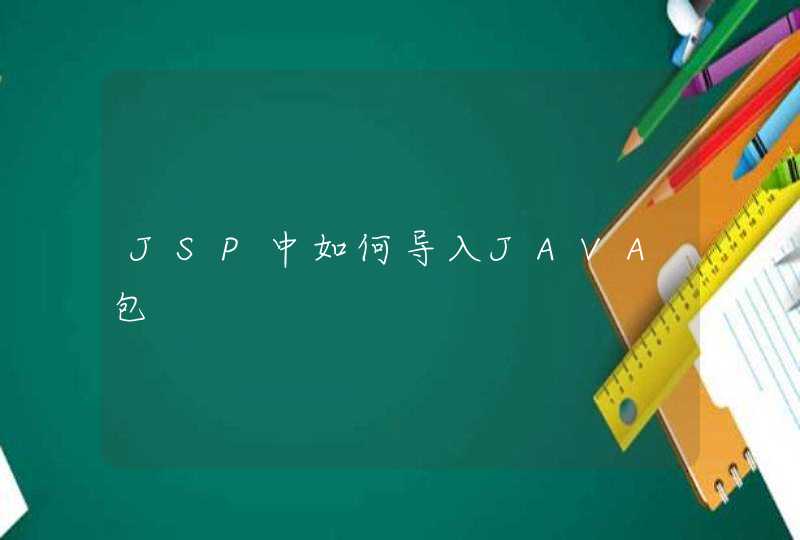





![r语言脚本前的[1]表示什么](/aiimages/r%E8%AF%AD%E8%A8%80%E8%84%9A%E6%9C%AC%E5%89%8D%E7%9A%84%5B1%5D%E8%A1%A8%E7%A4%BA%E4%BB%80%E4%B9%88.png)


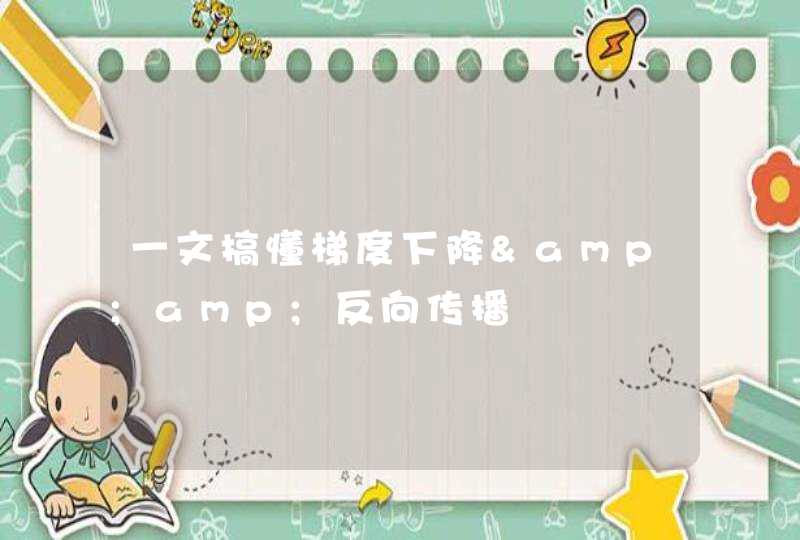
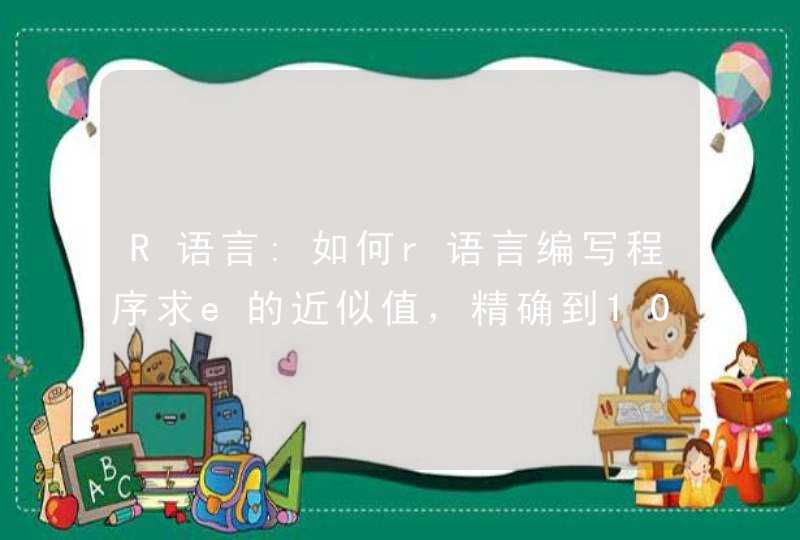





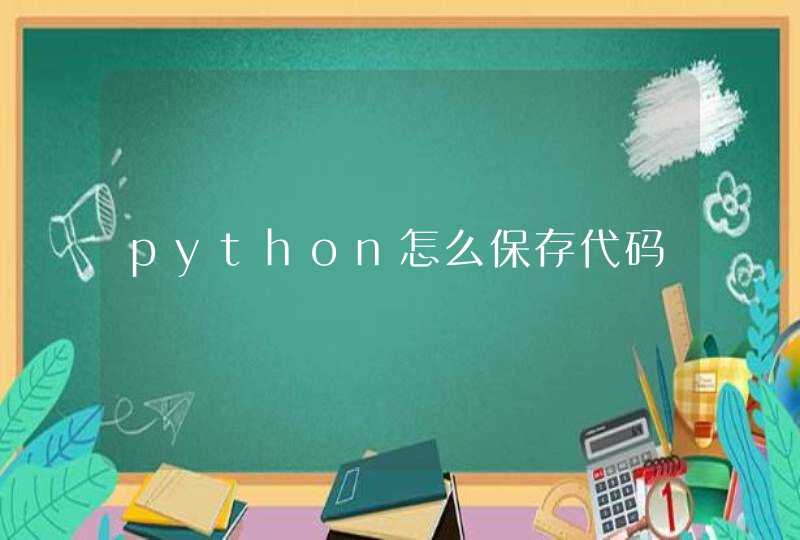
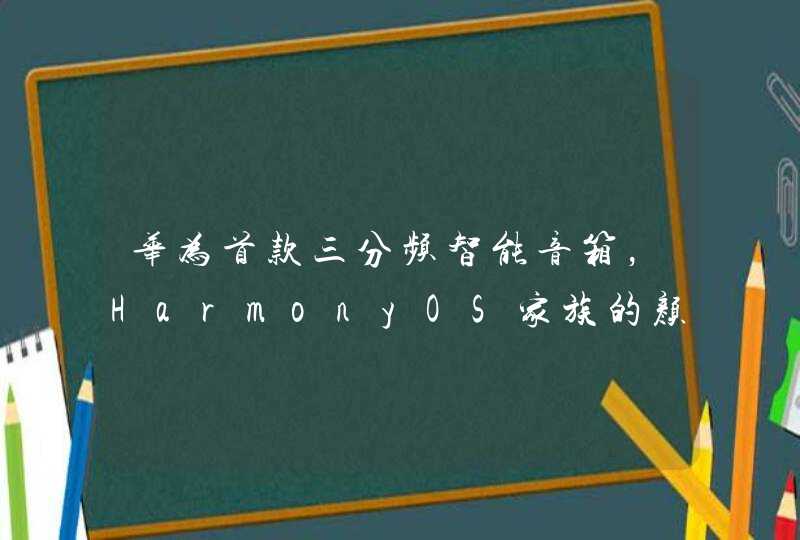

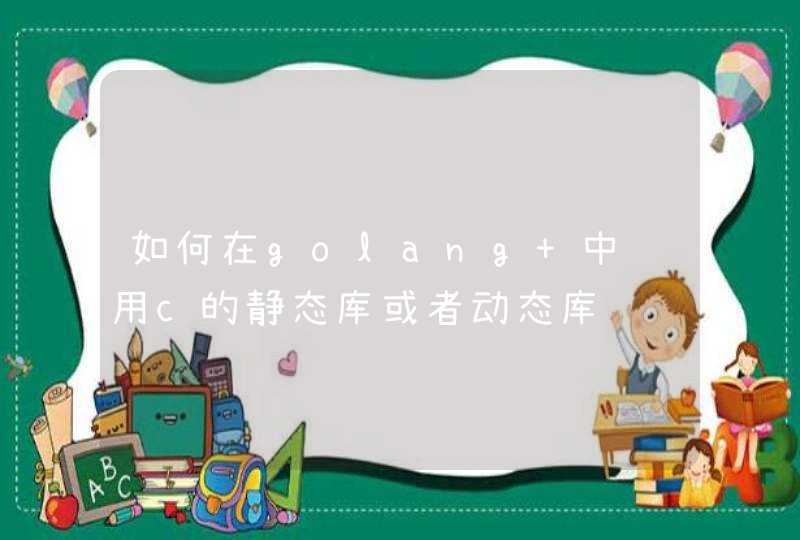




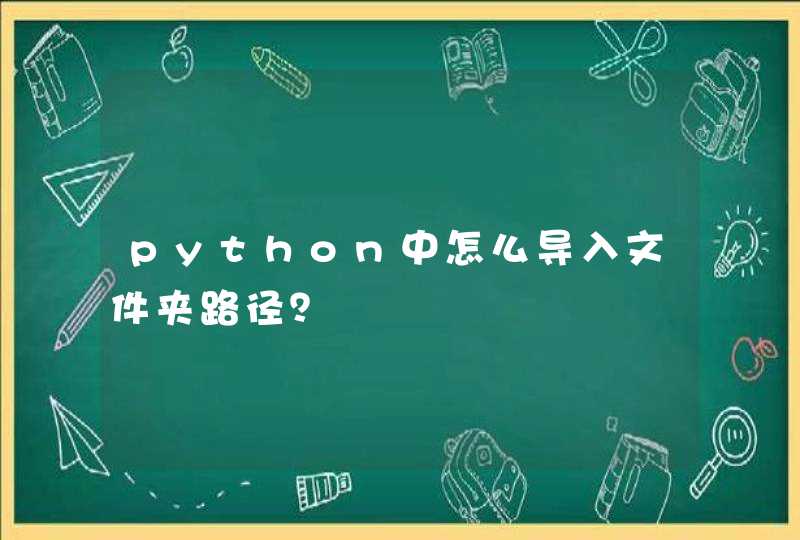
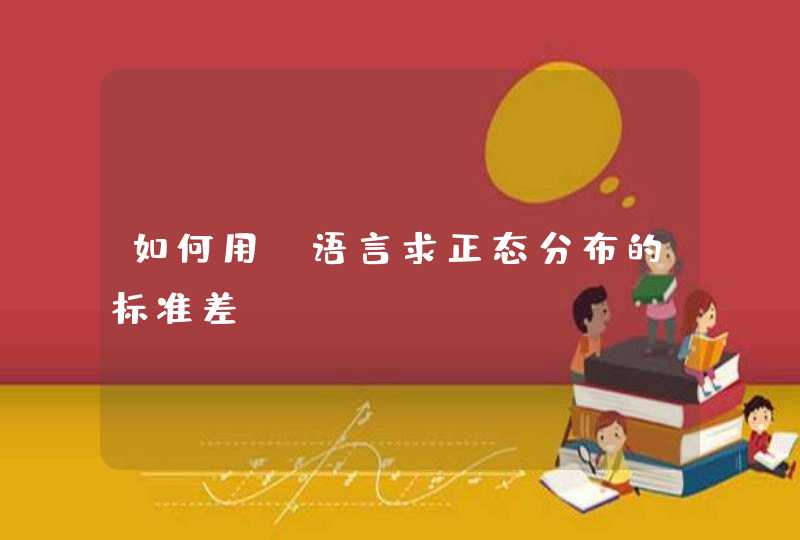
![python中a[1][2]是什么意思](/aiimages/python%E4%B8%ADa%5B1%5D%5B2%5D%E6%98%AF%E4%BB%80%E4%B9%88%E6%84%8F%E6%80%9D.png)





